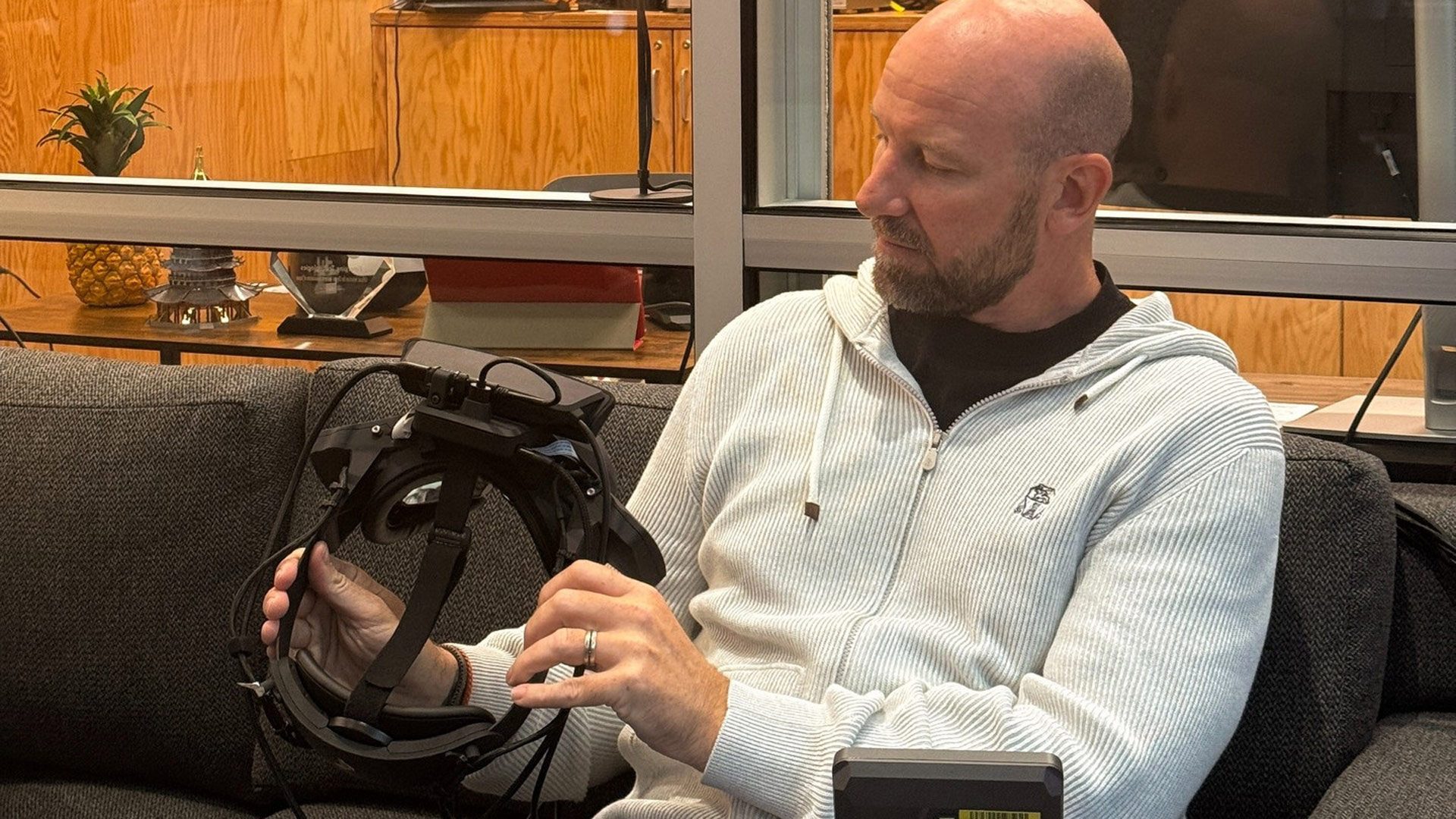Tech News
Meta Explains Why It Sees Wide Field-of-View Headsets as a ‘bad tradeoff’

Meta CTO Andrew Bosworth recently unveiled a research prototype of a wide field-of-view (FOV) headset developed in the Reality Labs offices in Redmond, Washington. The prototype boasted a FOV close to 210 degrees, but Bosworth emphasized that wide FOV displays come with significant tradeoffs that the company is not yet prepared to make.
Contrary to expectations of a wide FOV Quest, Bosworth clarified in a recent Instagram Q&A that the device is actually a mixed reality headset. However, he cautioned that the prototype had “very, very, very low resolution” with noticeable gaps in the display where no image was present.
Bosworth hinted that Meta will not pursue such a wide FOV due to the numerous conflicting tradeoffs involved.
“I know how much you all love field-of-view and want more. I’m with you. I like it. I get it, I do. The tradeoffs are so bad. The tradeoffs on weight, form factor, compute, thermals… it’s all bad,” Bosworth explained in the Q&A.
Enthusiast-grade wide FOV PC VR headsets like Pimax Crystal Light ($699), Pimax Crystal Super QLED ($1,799), and Somnium VR1 (€1,900/$2,050) have the advantage of dedicated GPUs and do not face the same constraints as Quest in terms of weight and power. However, Meta no longer produces PC VR-only headsets.
Bosworth attributed the reluctance to pursue a significantly larger FOV in standalone headsets to cost implications, as it would increase the expenses of all associated components.
“Field-of-view is one of the most expensive things you can add to a headset. And by definition, all that cost—that quadratic cost—is going to the least important pixels,” Bosworth explained, referring to the display’s periphery.
Despite this, Meta does not appear ready to return to higher price points just yet, especially after discontinuing Quest Pro, which initially launched at $1,500 before being reduced to $1,000 within a year. Instead, the company is focusing on the more affordable mixed reality standalone, Quest 3S.
“It’s a really tough trade to embrace. We care about field-of-view, and that’s why we do this research. We look at different ways to approach it, and attack it, and make it cheaper… and more affordable, and not make it so expensive,” Bosworth stated.
Summarizing the discussion on wide FOV headsets, Bosworth emphasized that practical considerations ultimately dictate the company’s approach.
The prototype was developed by Meta’s Display Systems Research (DSR) team, led by Doug Lanman, known for his work on varifocal prototypes. While DSR has made advancements in varifocal displays and higher display ranges, these technologies have not yet been commercialized.
Meta’s focus seems to be on expanding mixed reality offerings to reach a broader audience, positioning itself as a more affordable alternative to Apple’s expensive Vision Pro headset.
– – — – –
A recent report from The Information suggests that Meta may launch a Quest 4 in 2026, offering insights into Apple’s response with a rumored cheaper follow-up to Vision Pro expected in late 2025.
-

 Destination8 months ago
Destination8 months agoSingapore Airlines CEO set to join board of Air India, BA News, BA
-

 Breaking News10 months ago
Breaking News10 months agoCroatia to reintroduce compulsory military draft as regional tensions soar
-

 Gadgets3 months ago
Gadgets3 months agoSupernatural Season 16 Revival News, Cast, Plot and Release Date
-

 Tech News12 months ago
Tech News12 months agoBangladeshi police agents accused of selling citizens’ personal information on Telegram
-

 Productivity11 months ago
Productivity11 months agoHow Your Contact Center Can Become A Customer Engagement Center
-

 Gadgets3 weeks ago
Gadgets3 weeks agoFallout Season 2 Potential Release Date, Cast, Plot and News
-

 Breaking News10 months ago
Breaking News10 months agoBangladesh crisis: Refaat Ahmed sworn in as Bangladesh’s new chief justice
-

 Toys12 months ago
Toys12 months ago15 of the Best Trike & Tricycles Mums Recommend























